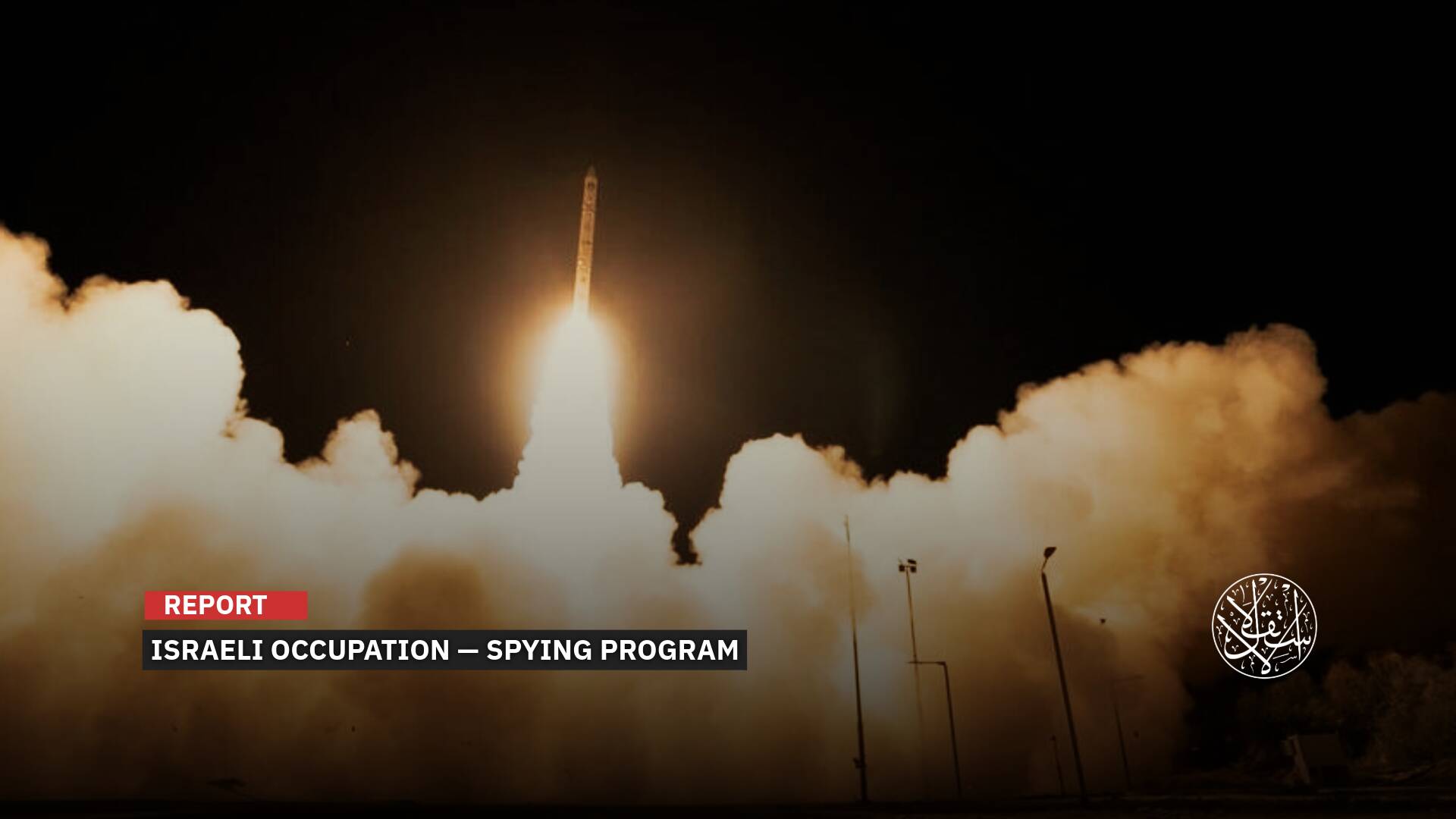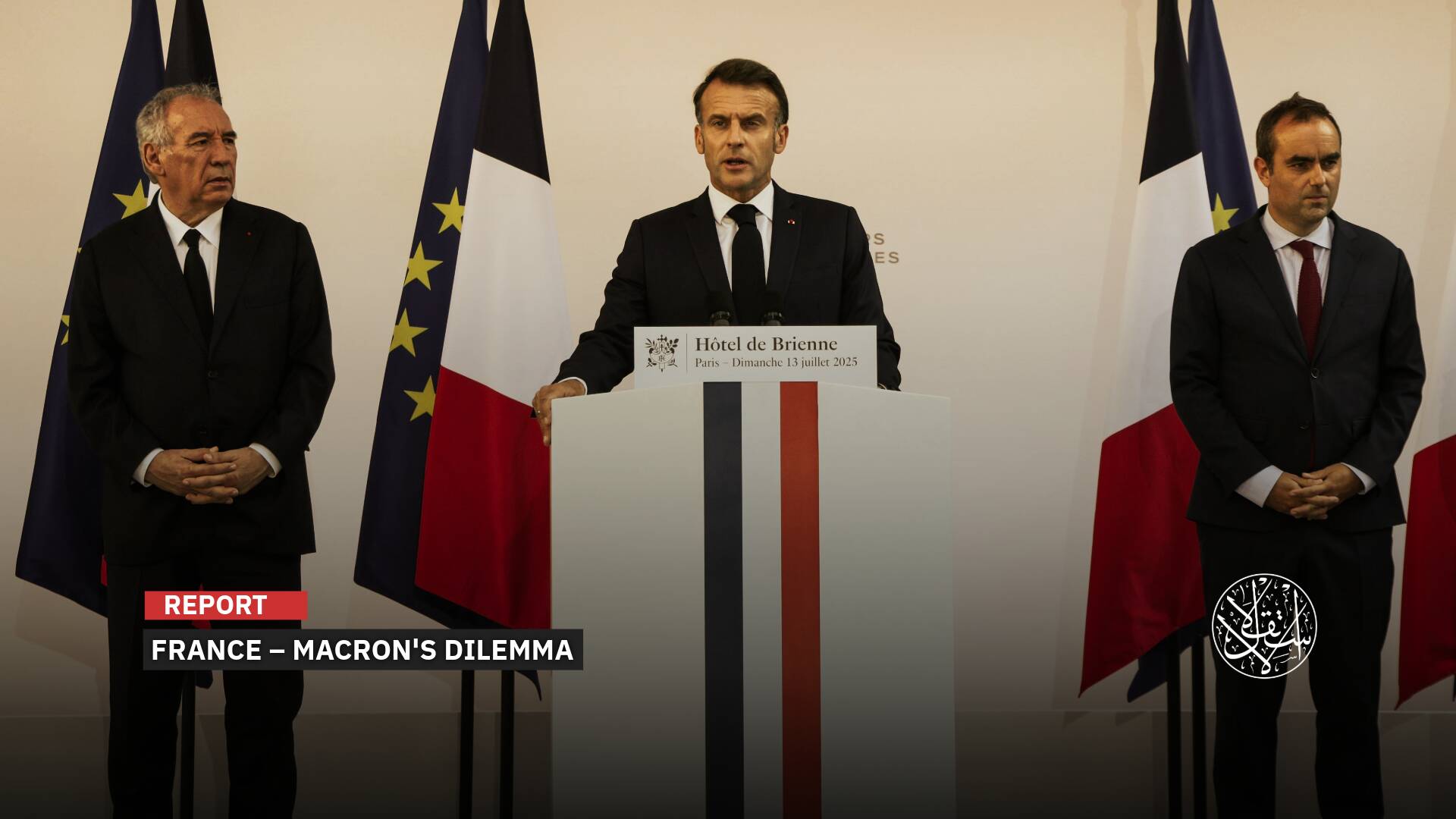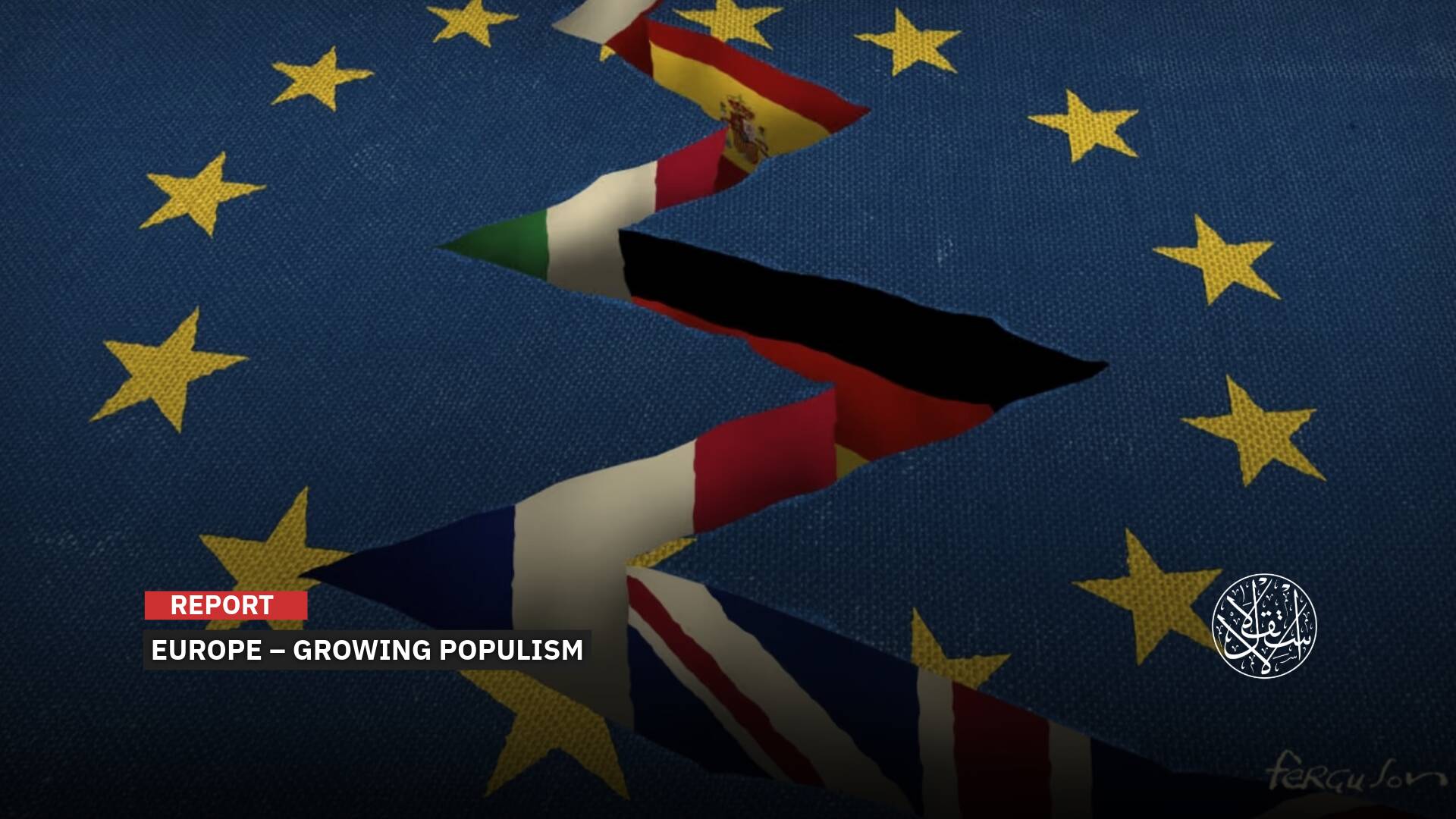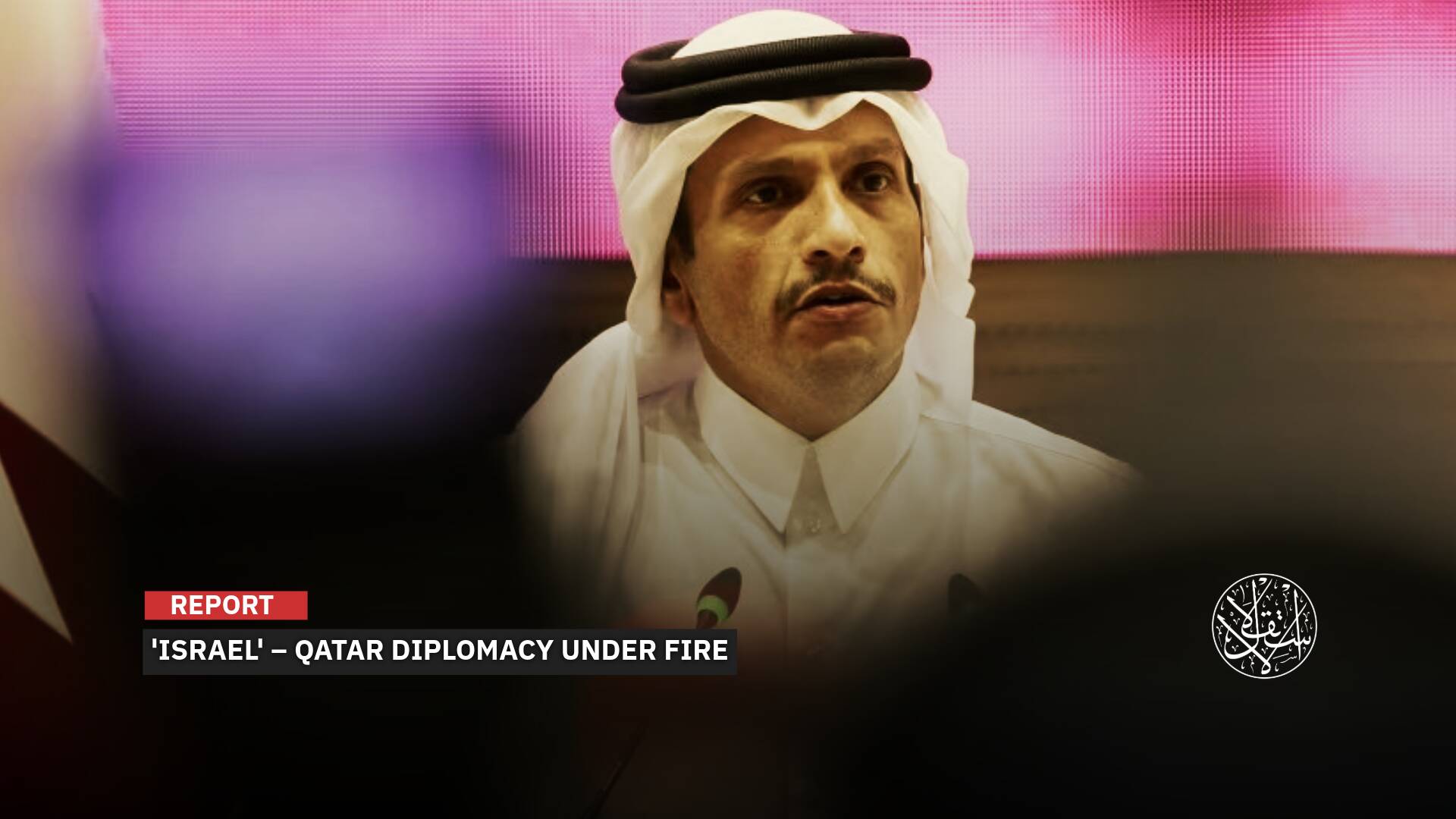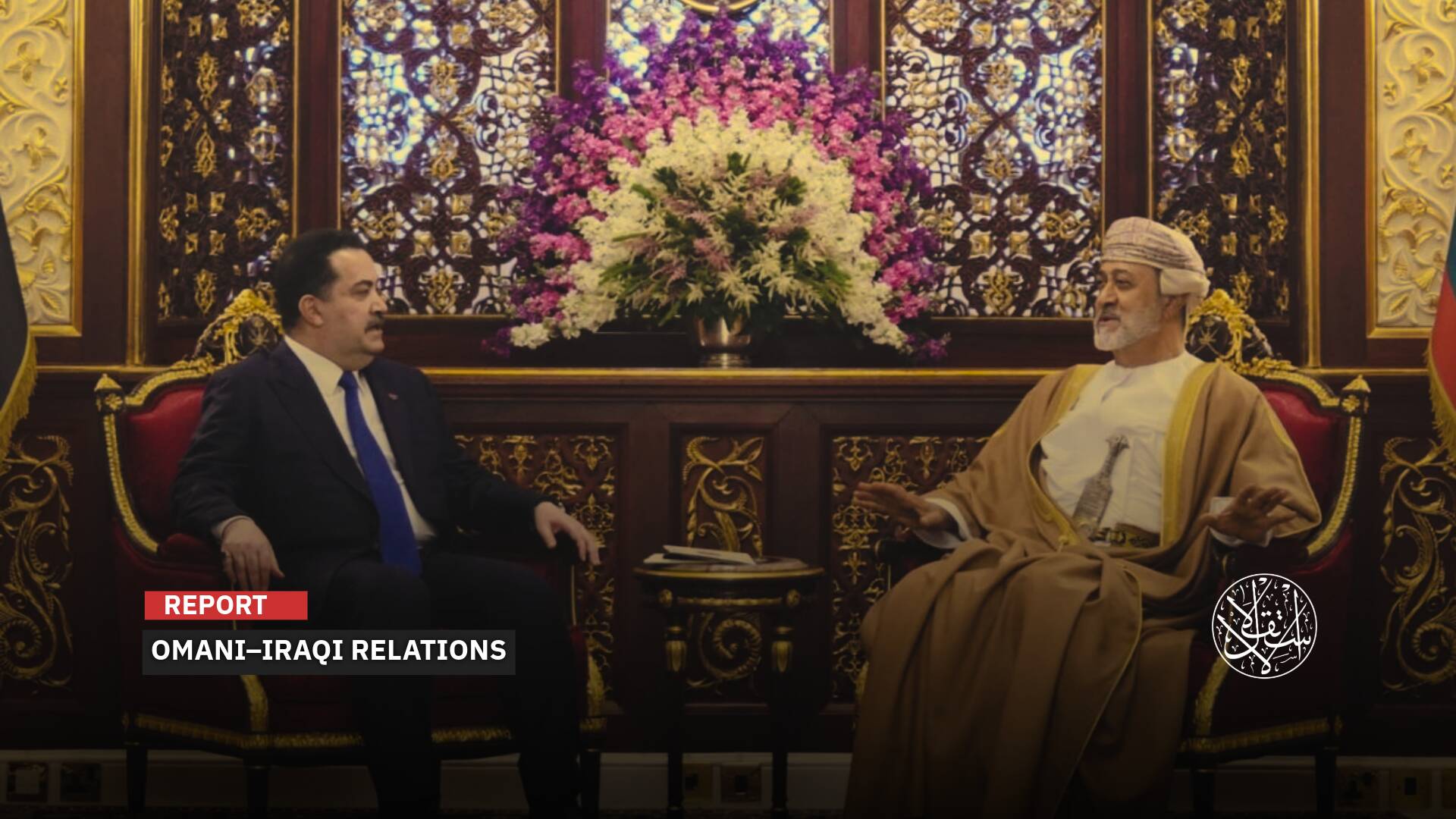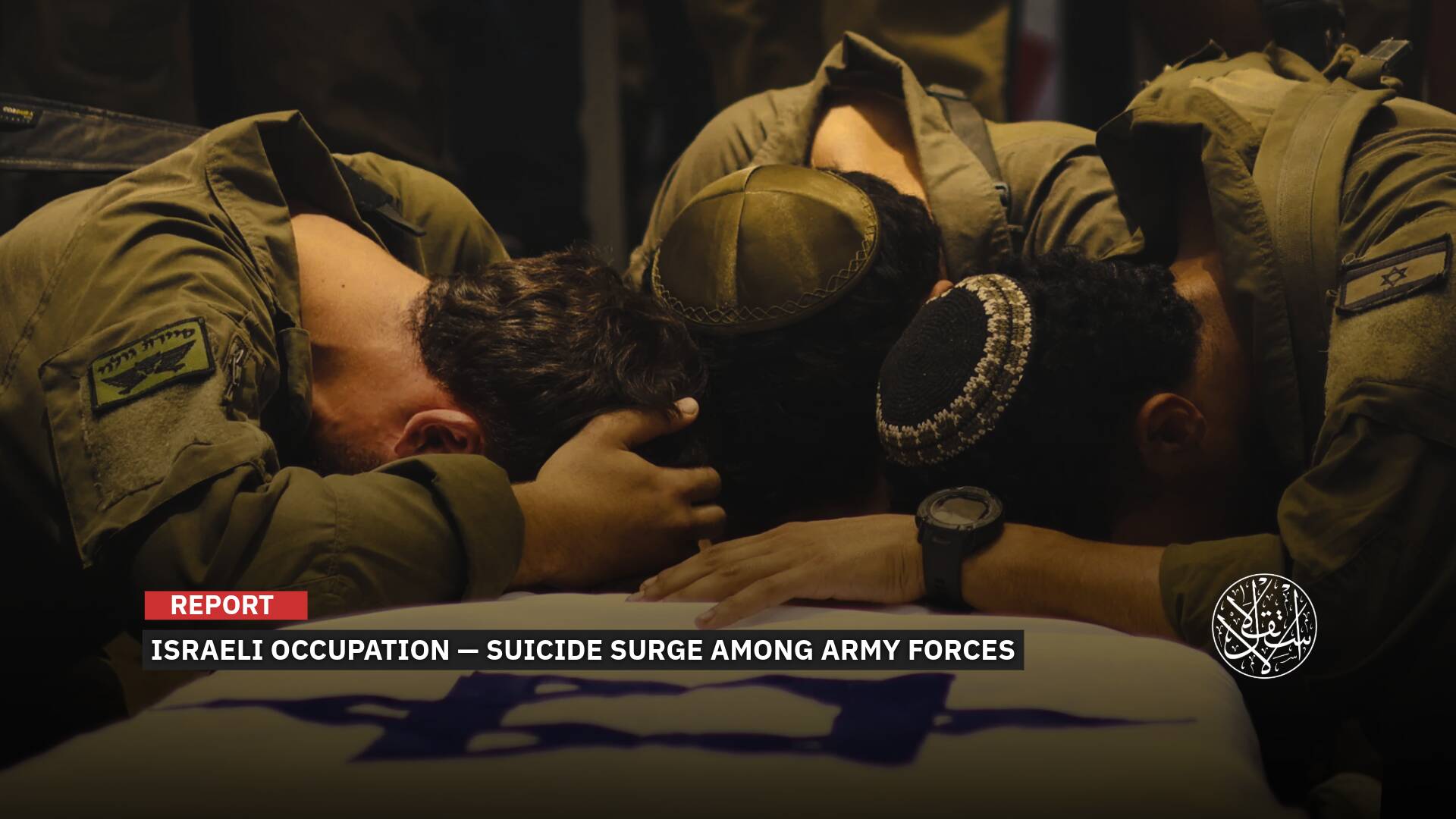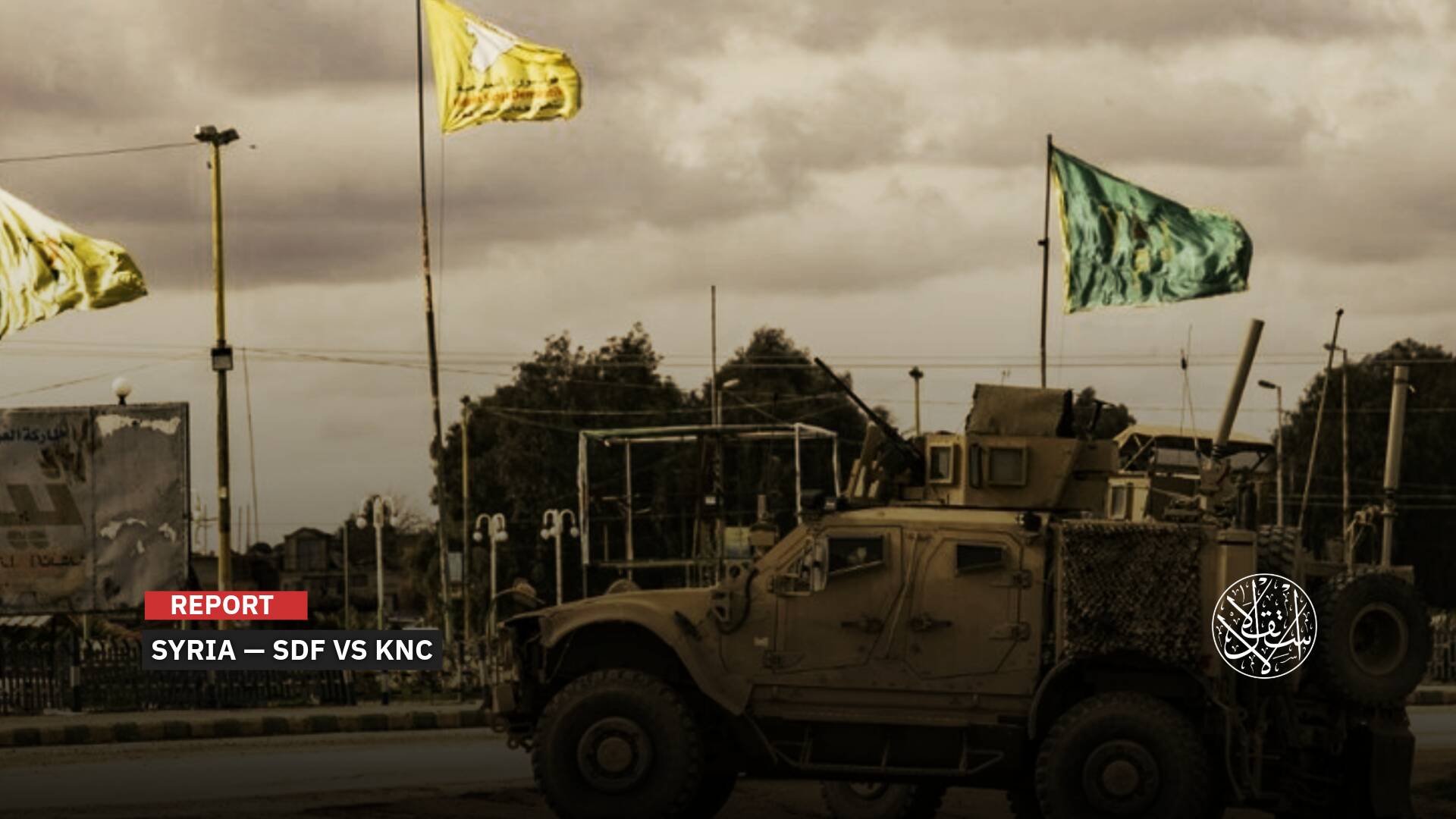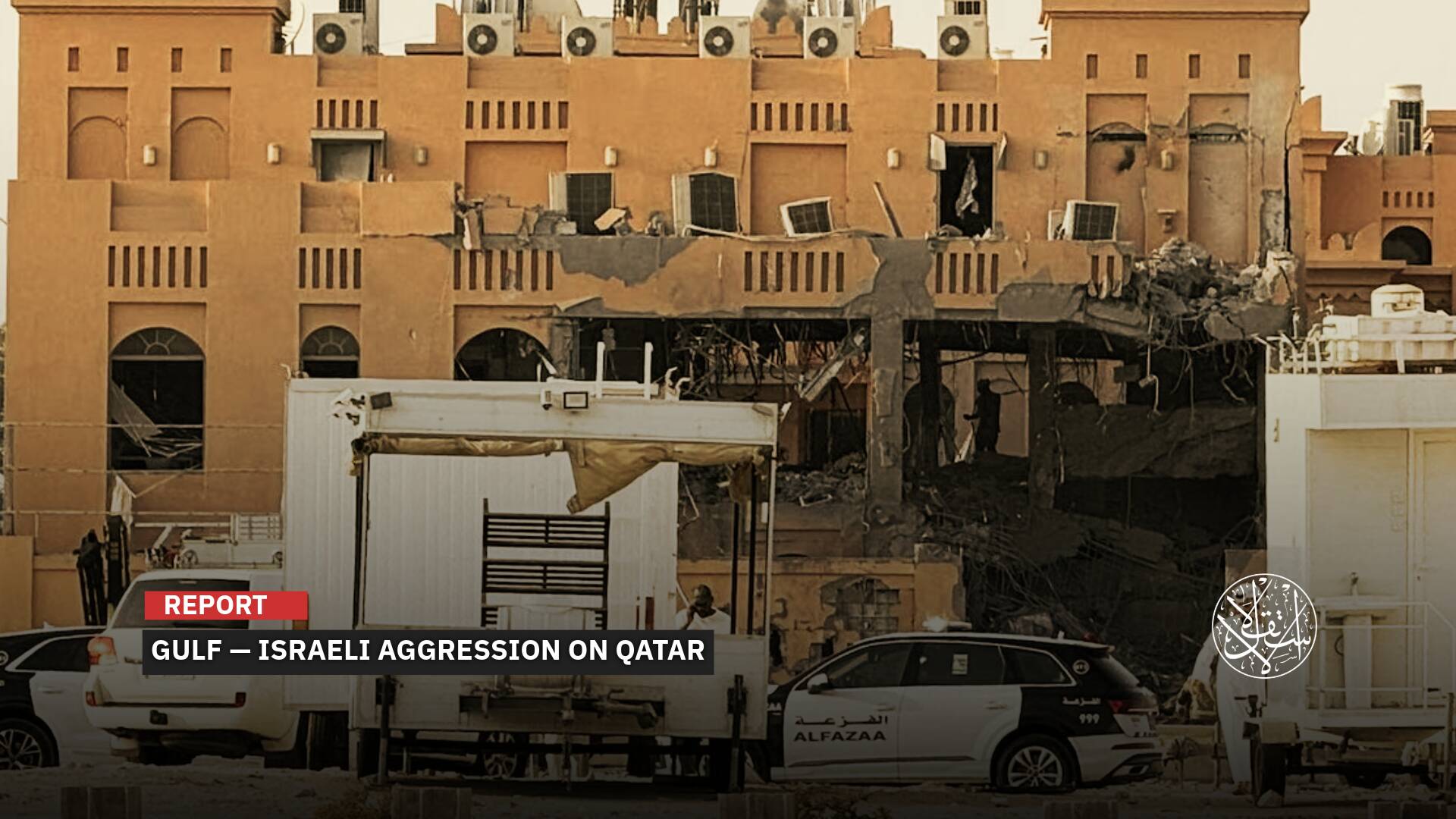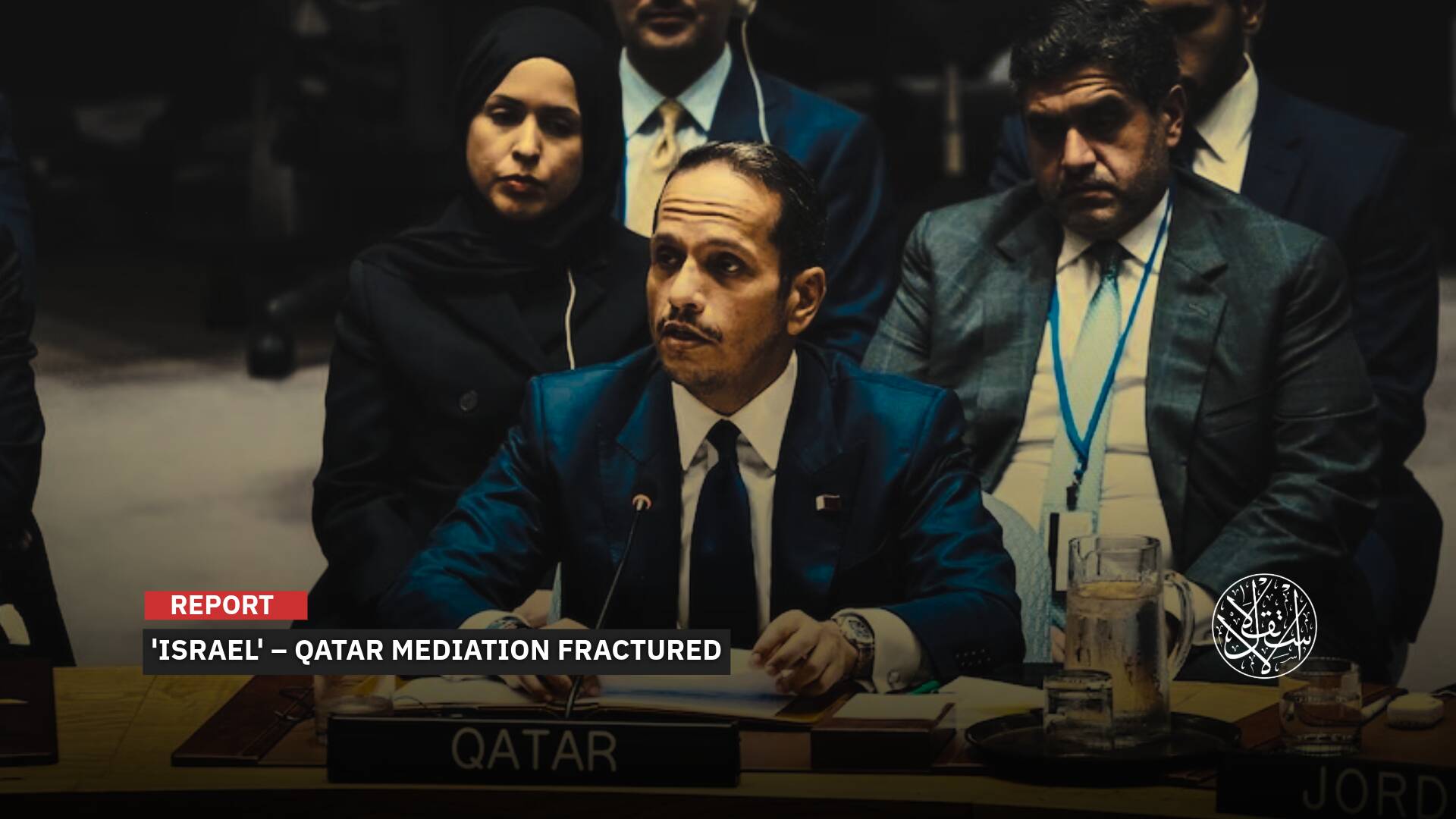New Death Sentences Against Protesters in Iran Spark International Outrage and Urgent Action

In defiance of mounting international criticism of Tehran’s bloody crackdown on protests, the Iranian authorities executed, on January 7, 2023, two men (Seyyed Mohammad Hosseini and Mohammad Mahdi Karam) after they were arrested and sentenced to death for their association with the ongoing protests in the country.
Thus, the number of executions in connection with the recent unrest in the country rose to four, as two men were previously executed in December 2022, which sparked international outrage and new Western sanctions on Iran.
On January 9, 2023, the Iranian judiciary announced the issuance of death sentences against 3 people (Saleh Mirhashemi, Majid Kazemi, and Yaghob Kordsofla), claiming that they were involved in killing members of the security forces on the sidelines of the protests, which sparked western condemnation and several countries summoned Iran’s ambassadors accredited to them in protest.
In the same case, the Iranian judiciary issued prison sentences against two other suspects, one of whom was football player Amir Nasr Azadani (26 years old).
Since September 16, 2022, Iran has been witnessing protests following the death of young Iranian woman Mahsa Amini, 3 days after she was arrested by the morality police for not adhering to the strict rules of hijab in Iran, according to the authorities’ claim.
So far, at least 519 protesters have been killed and 19,300 arrested in the nationwide unrest since September, according to rights groups.
Human rights activists see the executions, arrests, and harsh punishments of protesters by the Iranian authorities as an attempt to intimidate protesters and strike enough terror into the hearts of citizens to end the protest movement.
Show Trials
According to a tally compiled by AFP based on official announcements, the death sentences announced in connection with the unrest shaking the country have risen to 17 people, four of which have been executed, and the Supreme Court approved two other rulings, while human rights groups confirm that the real number is higher.
In this regard, UN Human Rights chief Volker Turk said that the Iranian government uses the death penalty as a weapon to spread fear among citizens and eliminate dissent, adding that the executions amounted to state-sanctioned killing, as reported by Anadolu Agency.
The UN Human Rights Office also revealed that it had received information that the execution of two people was imminent: Mohammad Ghobadlou (19 years old) and Mohamad Broghani (22 years old).
Mr. Turk added in a statement on January 10, 2023: “I reiterate my call to the government of Iran to respect the lives and voices of its people and to impose an immediate moratorium on the death penalty and a moratorium on all executions,” noting that “Iran should take sincere steps to initiate the necessary reforms that its people demand to respect and protect human rights.”
A New York Times report on January 12, 2023, shed light on the recent campaign of executions carried out by the Iranian authorities aimed at suppressing the popular uprising that has been going on for several months.
The newspaper revealed that among those executed, or awaiting execution, are a doctor, a rapper, a karate champion, a barber, an actor, and others.
The evidence presented against the defendants was often opaque. It relied on coerced confessions or unclear video clips. Rights groups say that there are accounts and evidence of torture in some cases, according to the newspaper report.
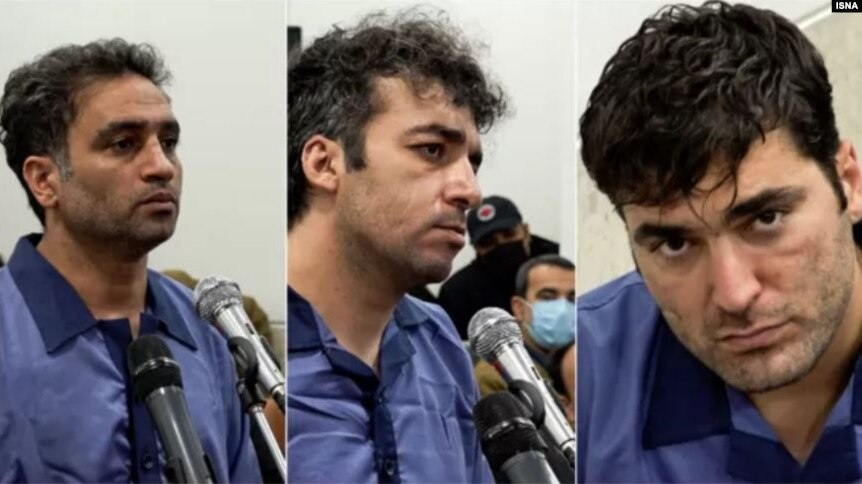
On its part, Amnesty International said, on December 16, 2022, that the Iranian authorities are seeking to impose the death penalty on at least 26 others in what it called show trials aimed at intimidating protesters.
The organization stated that all those facing death sentences were denied the right to a timely defense and access to lawyers of their choice.
Instead, rights groups say, the defendants had to rely on state-appointed lawyers who did little to defend them.
Rights groups say that the convictions of dissidents in Iranian courts have often relied on confessions extracted by force, while Iran denies these accusations.
In another context, it seems that the execution of protesters by hanging and hanging their bodies on cranes has sparked so much fear that it has pushed the protesters off the streets after the anti-government protests continued for months.
Analysts and experts, speaking to Reuters, see that the success of the brutal repression policy implemented by the Iranian authorities is unlikely to last long, and believe that the Khamenei regime’s resort to bloody violence will push the opposition into underground action, while deepening the anger that ordinary Iranians feel towards the dictatorial establishment that has ruled them for four decades.
Referring to the crackdown and executions, Saeid Golkar of the University of Tennessee at Chattanooga said, It worked relatively well, as there were fewer people on the streets, but it created a lot of resentment among Iranians.
Executive Director of the Campaign for Human Rights in Iran, Hadi Ghaemi, said that the religious establishment mainly focuses on intimidating people and subjugating them by any means, adding that “the protests took a different form, but they did not end. People are either in prison or have gone underground, because they are determined to find a way to continue the struggle.”
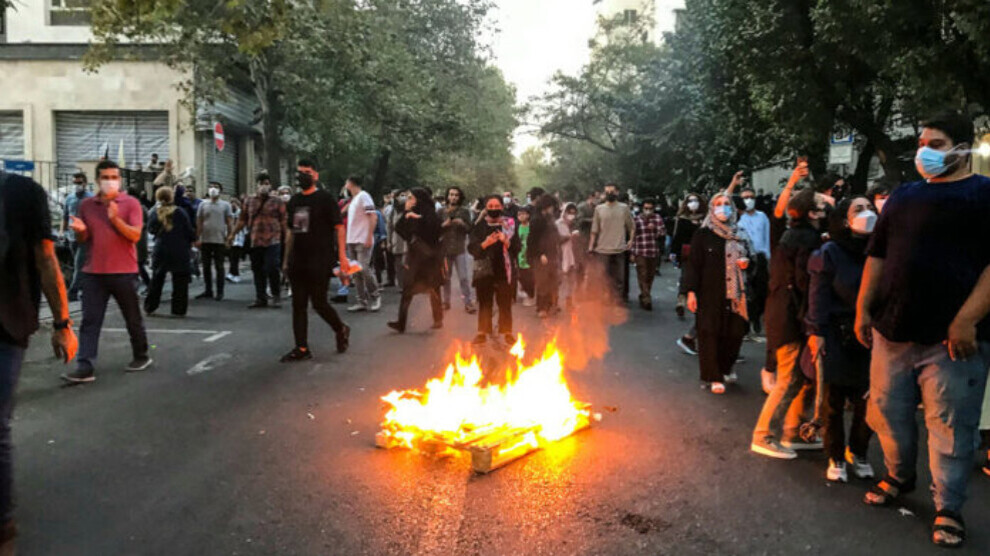
Western Condemnations
The condemnations and outrage Western positions did not subside over the recent executions carried out by the Iranian authorities last week against protesters. New protests against the Iranian regime were also held in London and Paris, at a time when the EU was working on a new sanctions package.
In turn, the White House condemned the executions, stressing that the United States stands by other countries to demand an immediate cessation of what is happening.
At the same time, Canada announced new sanctions against Tehran, including the 15 Khordad Foundation and the state-run Iran newspaper.
On her part, German Foreign Minister Annalena Baerbock ordered the summoning of the Iranian ambassador in Berlin again, stressing that there is no future for a regime that kills its youth with the aim of spreading fear in its people.
In a similar step, France and Britain announced that they had summoned the Iranian Charge d’Affaires to protest against the execution of the protesters.
British Foreign Secretary James Cleverly published a statement expressing his strong condemnation of the abhorrent executions in Iran of demonstrators.
London has also imposed more than 40 sanctions against Iranian officials for their involvement in severe human rights abuses.
In turn, the French Ministry of Foreign Affairs emphasized via Twitter that these executions cannot replace meeting the people’s legitimate demands for freedom.
As for the Netherlands, it called on all EU countries to summon Iranian ambassadors in protest against the recent death sentences, announcing a fourth package of sanctions against Tehran, while Denmark and Belgium announced that they would recall Iran’s ambassador to their capitals as well.
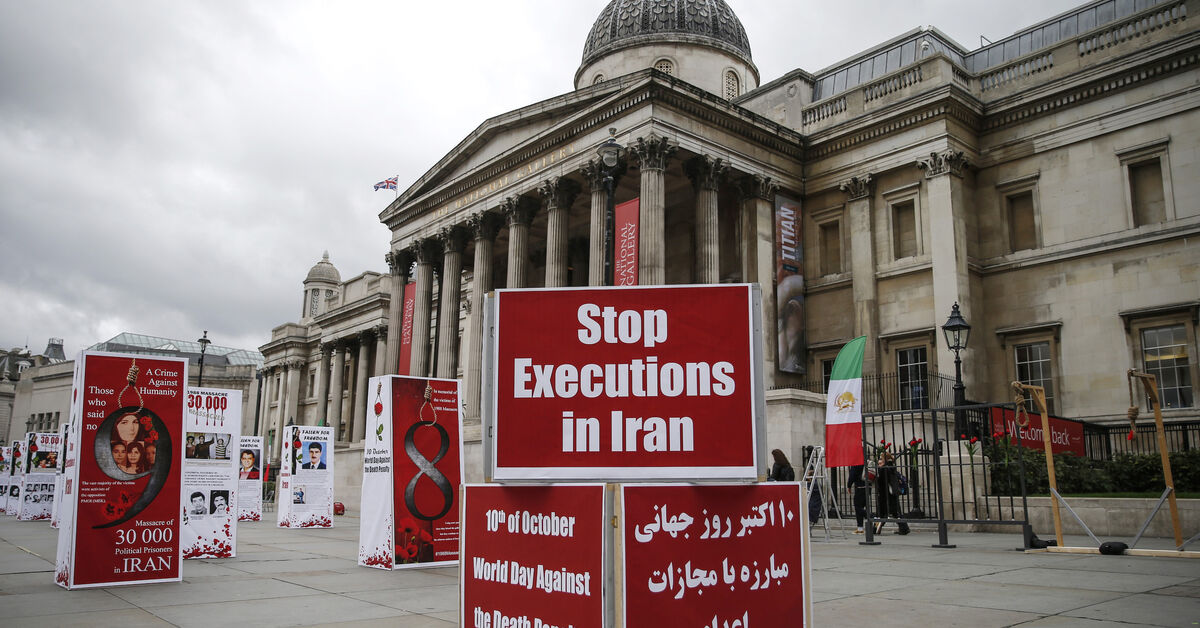
Infamous Police Chief
In a related context, on January 7, 2023, Iranian Supreme Leader Ayatollah Ali Khamenei appointed a new police chief, amid fears of an escalating pace of repression against protesters as protests continue across the country.
According to a message published on Khamenei’s website, Brigadier General Ahmad-Reza Radan, who belongs to the extremist movement, was appointed police chief, replacing Brigadier General Hossein Ashtari, who has held the position since 2015.
Khamenei urged in a letter to the new police chief to improve institutional capabilities and train specialized police for the various security departments.
This is not the first time that Radan (60 years old) has assumed the position of a police chief, as he previously held the same position between 2008 and 2014, while he was currently supervising the police research center, according to AFP.
Radan is known for his strict measures against women who do not abide by the hijab law, and he is one of the strongest supporters of the project to improve social and moral security, which regulates the issue of dress for women, according to a report published by Radio Free Europe.
Radan began his military career in the Revolutionary Guards, and in 2008, he assumed the position of an acting police chief, while there were reports of his direct involvement in the torture of detainees in the Kahrizak center in the same year.
In 2010, the EU and the US Treasury Department imposed sanctions on Radan for human rights abuses during the 2009 protests that followed Mahmoud Ahmadinejad’s re-election as Iran’s president.
Observers believe that the appointment of Radan as the new police chief came after Ashtari failed to deal with the protests inside Iran, noting that there are differences within the Iranian security services as a result of their failure to resolve the protests with the required force and violence.
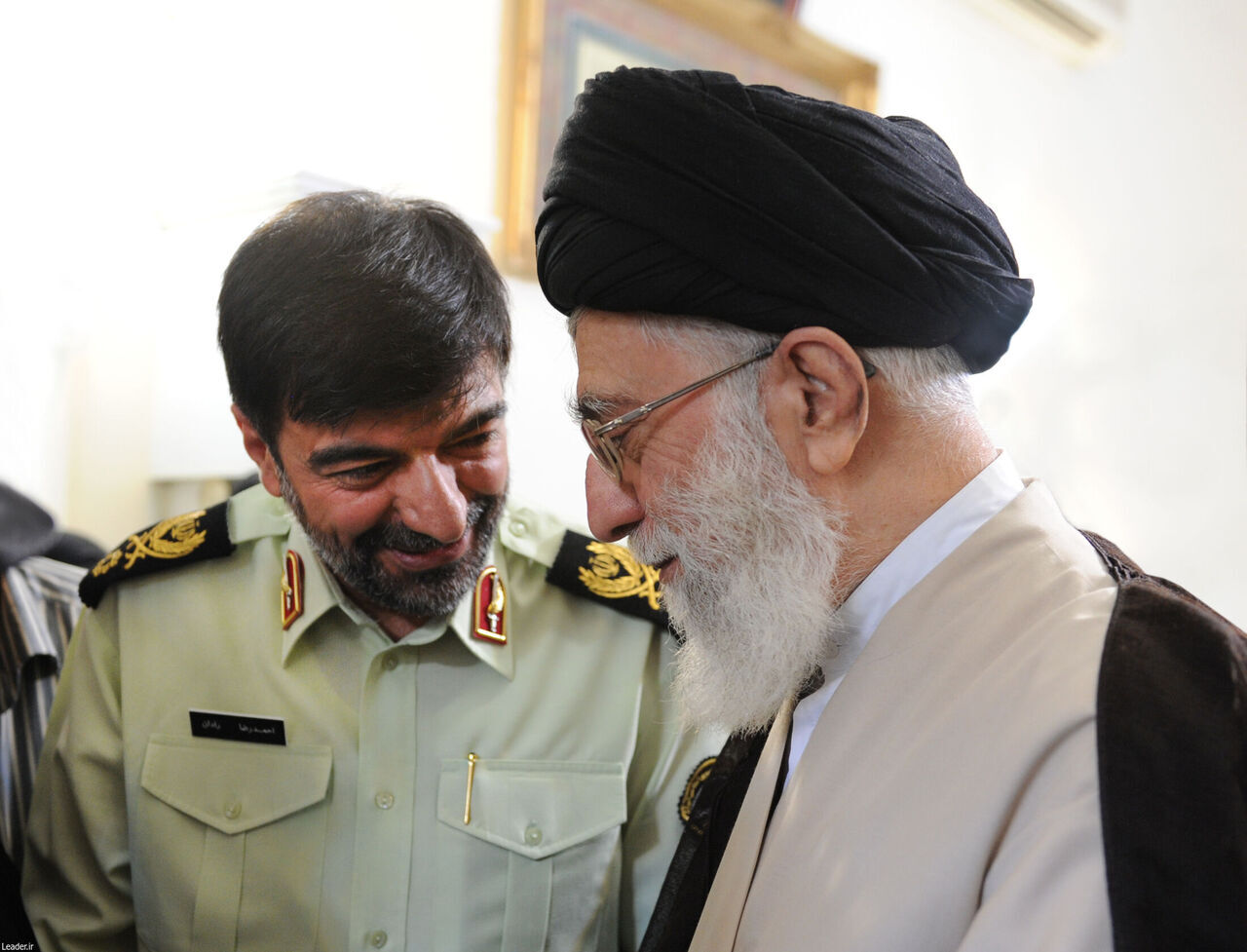
There is a division within the Iranian regime over the way to respond to the unprecedented protests that have been going on for months, between suppression and appeasement, according to analysts told AFP.
In early December, the Iranian Public Prosecutor, Mohammad Jaafar Montazeri, announced the dissolution of the morality police, but no other official body confirmed this.
This declaration reflects the internal controversy and shows that at least one part of Iran’s religious, security, and military institutions supports a less strict way of imposing the dress code, according to AFP.
There are those in both the reformist and conservative camps who believe that the unrest that took place in the country during the past three months should be dealt with tolerance and avoidance of any kind of extremism, while those close to Khamenei believe that violence and repression is the only way to stop the protests.
Sources
- Iran Sentences Three More To Death Over Protests, Drawing Condemnation From Western Governments
- UN rights chief laments 'weaponized' executions of Iran protesters
- The People Executed or Sentenced to Death in Iran’s Protest Crackdown
- Iran: 26 people risk execution in relation to protests
- Western Officials Condemn Execution Of Two Iranian Protesters
- Iran's Leader Appoints Hard-Line Police Chief Blacklisted By U.S. For Rights Abuses
- Analysis: Iran executions quash protests, push dissent underground


